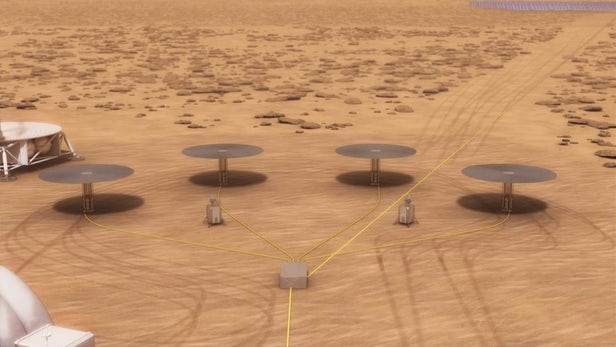
Breaking News
 Trump pardons Mets legend, 'Celebrity Apprentice' alum Darryl Strawberry over tax evasion co
Trump pardons Mets legend, 'Celebrity Apprentice' alum Darryl Strawberry over tax evasion co
 You WON'T BELIEVE How Much Money We're REALLY Sending To Israel!
You WON'T BELIEVE How Much Money We're REALLY Sending To Israel!
 China CANCELS U.S. Soybean Order?! Joel Salatin
China CANCELS U.S. Soybean Order?! Joel Salatin
 Ep 38 Jonathan Haidt: on The Anxious Generation: Childhood in Social Media Age & Fragile College ...
Ep 38 Jonathan Haidt: on The Anxious Generation: Childhood in Social Media Age & Fragile College ...
Top Tech News
 HUGE 32kWh LiFePO4 DIY Battery w/ 628Ah Cells! 90 Minute Build
HUGE 32kWh LiFePO4 DIY Battery w/ 628Ah Cells! 90 Minute Build
 What Has Bitcoin Become 17 Years After Satoshi Nakamoto Published The Whitepaper?
What Has Bitcoin Become 17 Years After Satoshi Nakamoto Published The Whitepaper?
 Japan just injected artificial blood into a human. No blood type needed. No refrigeration.
Japan just injected artificial blood into a human. No blood type needed. No refrigeration.
 The 6 Best LLM Tools To Run Models Locally
The 6 Best LLM Tools To Run Models Locally
 Testing My First Sodium-Ion Solar Battery
Testing My First Sodium-Ion Solar Battery
 A man once paralyzed from the waist down now stands on his own, not with machines or wires,...
A man once paralyzed from the waist down now stands on his own, not with machines or wires,...
 Review: Thumb-sized thermal camera turns your phone into a smart tool
Review: Thumb-sized thermal camera turns your phone into a smart tool
 Army To Bring Nuclear Microreactors To Its Bases By 2028
Army To Bring Nuclear Microreactors To Its Bases By 2028
 Nissan Says It's On Track For Solid-State Batteries That Double EV Range By 2028
Nissan Says It's On Track For Solid-State Batteries That Double EV Range By 2028
Mars and beyond: Modular nuclear reactors set to power next wave of deep space exploration

NASA is planning to put astronauts on Mars one day and since the Red Planet is about as off the grid as you can get, the space agency is developing a new generation of modular nuclear reactors to power manned outposts. Under funding from the Space Technology Mission Directorate (STMD), the Kilopower project is a multi-year effort to build simple, inexpensive reactors that can be used for a wide variety of planetary and deep space missions.
One of the primary problems with almost any space mission is how to provide it with power. Depending on the goal of the mission and its duration, there are any number of options. The very first satellites used batteries that supplied them with electricity for a few days. Soon, solar panels were added that extended the mission life to years. Fuel cells provided manned missions with not only power, but drinking water as well as hydrogen mingled with oxygen to create electricity and a potable waste product.
Unfortunately, all of these options turned out to be very limited in application. The most successful of them, solar power, only works when sunlight of sufficient brightness shines on the panels. This means that it's a system largely confined to the inner Solar System with Jupiter as the extreme limit, doesn't provide much in the way or power density, is bulky, and is useless at night or on planetary surfaces that may be obscured by dust and clouds.

 Carbon based computers that run on iron
Carbon based computers that run on iron

